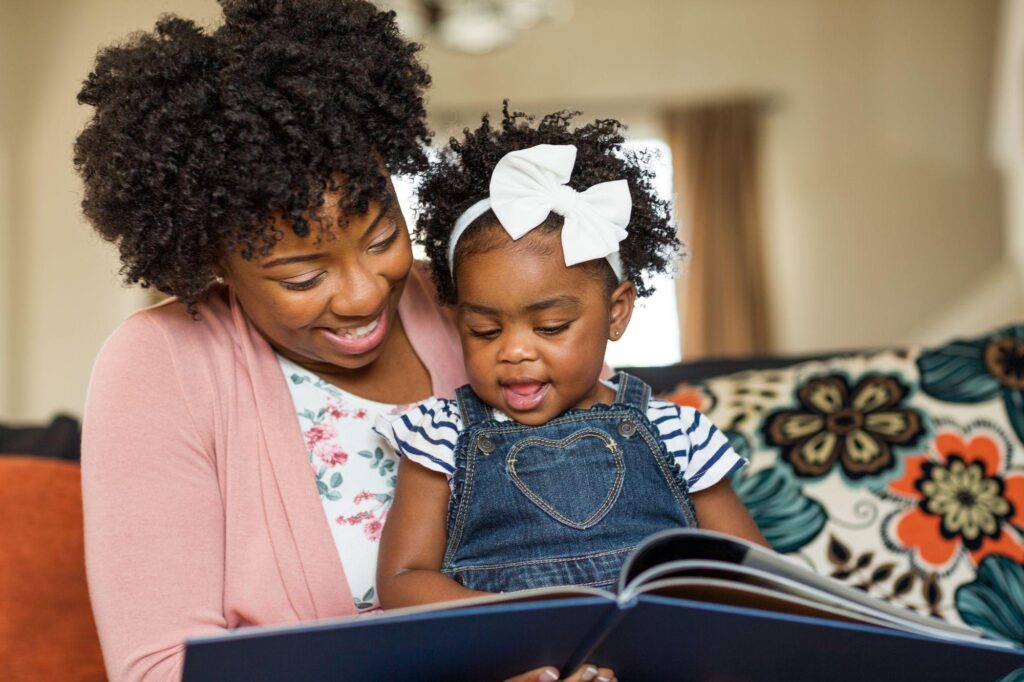Disciplining toddlers and young children can be challenging, but it’s important to remember that discipline isn’t about punishment—it’s about teaching and guiding. Positive discipline focuses on nurturing your child’s understanding, self-control, and decision-making skills while maintaining a loving and respectful relationship. It’s about building trust, showing them the right path, and being there as they learn and grow, even through their mistakes.
Every parent has moments when it feels overwhelming, and that’s okay. What matters is approaching those moments with patience, empathy, and a clear vision of helping your little one become confident and kind. Let’s talk about some gentle, practical techniques that can make discipline a supportive experience for both you and your child, strengthening the bond you share.
- Set Clear and Consistent Boundaries
Young children thrive on routine and knowing what to expect. Setting clear, age-appropriate boundaries helps them understand what behaviours are acceptable and what aren’t.
- Tip: Use simple language to explain rules and repeat them often. For example, “We use gentle hands” or “Toys stay in the playroom.”
- Use Positive Reinforcement
Children respond well to positive reinforcement. When your child behaves well, acknowledge and praise them. This encourages them to repeat those behaviours.
- Tip: Instead of just saying “Good job,” be specific. For example, “I love how you shared your toy with your friend. That was very kind!”
- Redirect Their Energy
Sometimes, children misbehave because they’re bored, tired, or overwhelmed. Redirecting their energy to a different activity can help.
- Tip: If your toddler is acting out, gently guide them to a new, engaging activity. “I see you’re getting restless. Let’s go read a book together.”
- Stay Calm and Model Good Behaviour
Children look to their parents and caregivers as role models. If you stay calm during challenging moments, it shows them how to respond to frustration.
- Tip: If you’re feeling frustrated, take a few deep breaths before responding. Show your child that it’s okay to pause and calm down before addressing a situation.
- Give Choices
Giving children choices within boundaries helps them feel empowered and reduces power struggles. It also teaches them decision-making skills.
- Tip: Offer simple choices like, “Do you want to put on your shoes first or your jacket?” This gives them a sense of control while still guiding the outcome.
- Use Time-Ins Instead of Time-Outs
A “time-in” is a moment where you and your child take a break together to calm down and talk about what happened. This technique fosters connection and helps them learn from their behaviour.
- Tip: Sit down together and say, “I see that you’re upset. Let’s take a minute to breathe and then talk about what happened.”
- Be Patient and Understand Developmental Stages
Toddlers and young children are still learning about emotions and how to manage them. It’s important to be patient and understand that their behaviour is often a reflection of their developmental stage, not defiance.
- Tip: When tantrums happen, remind yourself that it’s normal. Stay patient and supportive, letting your child know you’re there for them.
- Teach Through Stories and Play
Children learn a lot through stories and play. Use these tools to teach them about behaviours, empathy, and problem-solving.
- Tip: Read books that highlight positive behaviours or create role-playing scenarios with toys to teach lessons in a fun and engaging way.
- Follow Through with Natural Consequences
Natural consequences can be a powerful teaching tool. For example, if a child refuses to wear a coat, they might feel cold outside. This helps them learn the cause and effect of their choices.
- Tip: Ensure that natural consequences are safe and reasonable. Always talk with your child afterward to explain why things happened the way they did.
- Connect Before You Correct
Children are more likely to listen and respond positively when they feel understood and connected. Before correcting behaviour, get down to their level, make eye contact, and empathize.
- Tip: Say something like, “I know you’re feeling upset because we have to leave the park. It’s hard to stop having fun. Let’s take one bigger slide and then head home.”
An Insight from Mamahood
Positive discipline is about building trust, understanding, and teaching valuable life skills. While it can be difficult to stay calm and consistent at times, using these techniques can help create a supportive environment where your child learns and grows. Remember, the goal is to guide them with kindness and respect, showing them that boundaries come from love and care. If you need personalized advice or guidance, Mamahood Health Advisors are here to support you via live chat or private message. You can also explore Mamadoc, your AI doctor, for tailored tips and solutions to navigate parenting with confidence and ease.








